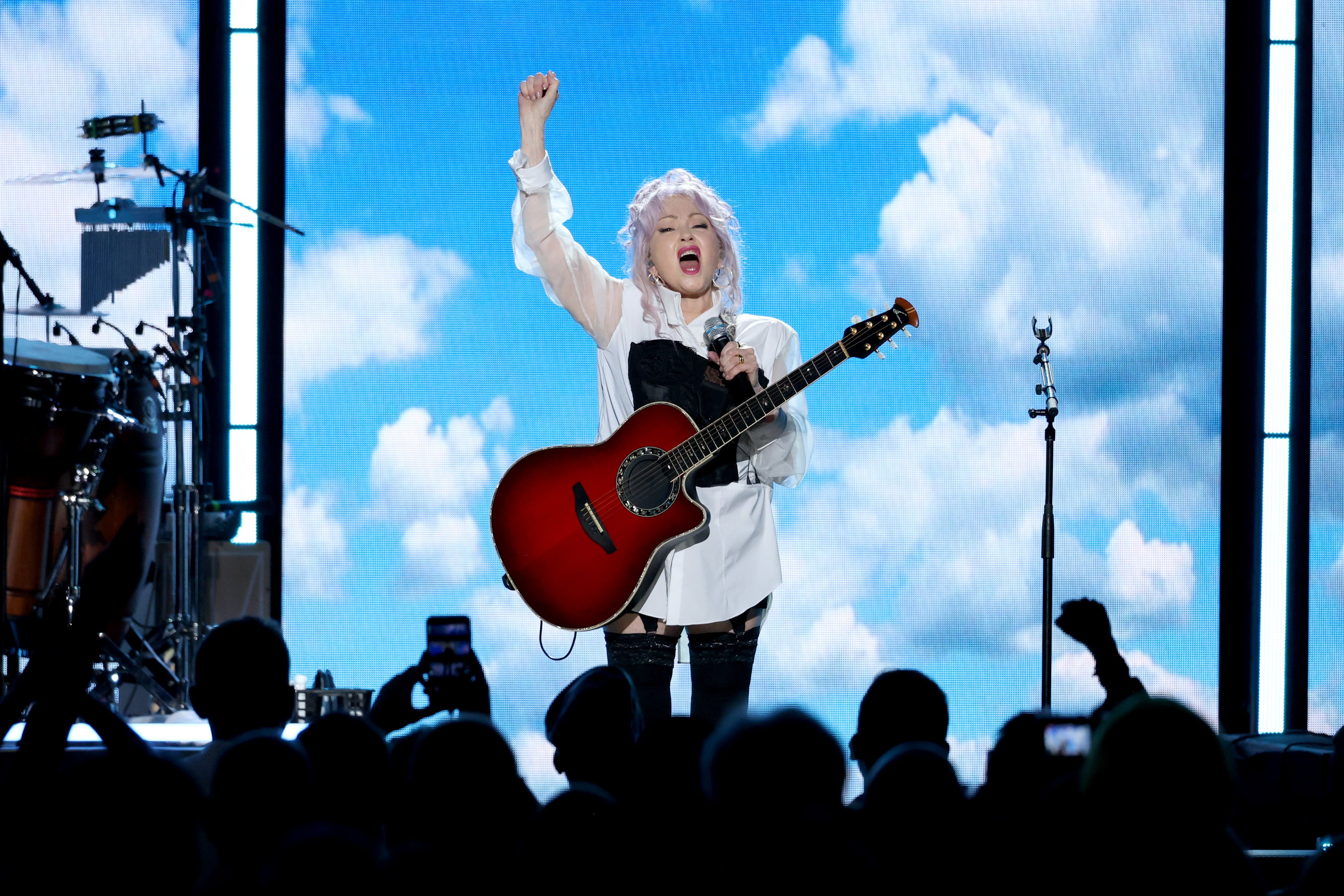Copyright Barchart

In Tuesday’s action, 161 NYSE stocks hit new 52-week highs, while 50 hit new 52-week lows. Over on Nasdaq, 180 hit new 52-week highs compared to 139 hitting new 52-week lows. One of 50 NYSE stocks hitting a new 52-week low was Bath & Body Works (BBWI), a one-time superstar stock. In November 2021, during COVID, the specialty retailer’s stock hit a 20-year high at $82. Four years later, it trades at one-quarter that. Yesterday, the seller of body soap, body lotions, fragrant candles, and other home items hit its 25th new 52-week low in the past 12 months. As a result, BBWI stock is down over 30% in the past year. With so many expensive stocks these days, a stock trading for one-quarter of its past market cap would garner attention from value investors. However, you could also make the argument that there are reasons the stock continues to lose ground, making a potential buy less than a sure thing. Is Bath & Body Works a bargain buy or risky bet? I’ll look at both sides of the argument. Bath & Body Works Stock Is Worth a Flyer Whenever I consider a potential value buy, I like to look back at a time when its shares were highly valued — in this case, November 2021. As I mentioned in the introduction, it hit a 20-year high of $82 four years ago this month. That would have valued Bath & Body Works’ equity at $21.13 billion based on 257.7 million shares outstanding. Add in $2.88 billion in net debt for an enterprise value of $24.01 billion. In fiscal 2021 (year-end Jan. 31, 2022), it had sales of $7.88 billion, 23% and 46% higher than in 2020 and 2019, respectively. Its net income in 2021 was $1.33 billion, or $4.88 a share. So, its shares were valued at 16.8 times its earnings in November 2021. Seems reasonable for double-digit growth on the top and bottom lines. However, nearly 20% of the earnings were from discontinued operations -- it completed the tax-free spin-off of Victoria’s Secret in August 2021 -- so the actual P/E multiple was 20.8x based on its continued operations, which earned $3.94 a share. Still not obscene. As for price-to-sales, its market cap was 2.68 times its 2021 sales of $7.88 billion. Also not obscene. For comparison, Lululemon (LULU) shares were trading around $475 in November 2021, 179% above their current price. According to S&P Global Market Intelligence, LULU had P/E and P/S ratios of nearly 70x and 10x, respectively. Investors buying BBWI stock at the time likely had little if any inkling that the business was about to implode as people stopped buying so much hand soap. So, the question becomes, “What is Bath & Body Works’ true level of sales based on previous historical income statements?” Between 2015 and 2018, Bath & Body Works’ CAGR (compound annual growth rate) for sales was 9.3%. Between 2018 and 2021, it was 18.2%, nearly double. Finally, between 2021 and 2024, it was -2.5%. Before you give up on BBWI stock, remember that its 2024 sales of $7.31 billion are still 35% higher than its 2019 sales of $5.41 billion, which is commonly considered the start of COVID and when its sales began to take off. The most significant question mark for investors at the moment is whether it can ever return to operating margins in the high 20s -- it was 29.0% in Q4 2021 and 10.1% in Q2 2025. If all goes right, it can get back into the high teens, low 20s. In Q2 2025, its gross margin was 43.3%, 90 basis points higher than a year earlier. However, its operating expenses were 30.9% of revenue, and its operating margin of 12.4%, 40 basis points less than the first half of 2024. In May 2025, the company hired Daniel Heaf as its new CEO. The former Nike (NKE) executive has been in the job for six months. It will take another six months before his strategy hits its stride. Your patience should be rewarded. CFO Eva Boratto said in August during the Q2 2025 conference call about the company's plan: “We are focused on three priority areas. First, accelerating top line growth while maintaining or expanding margins. Second, enhancing operational excellence. And third, consistently deploying our strong cash flow to invest in growth opportunities and return value to shareholders.” In the trailing 12 months ended Aug. 2, 2025, its operating cash flow was $1.001 billion, the highest 12-month period since Q3 2023. Its free cash flow yield is 8.5% based on free cash flow of $783 and an enterprise value of $9.16 billion. Anything above 8%, especially in these markets, is in value territory. I like Heaf’s chances of delivering shareholder value over the next 12-18 months. The Downside of BBWI For me, much of the downside has already been factored into its current share price. Of the 17 analysts covering its stock, 11 rate it a Buy, with no sell recommendations. Wall Street’s current EPS estimate for 2025 is $3.62 a share, jumping to $3.98 in 2026. The most significant concern investors should have with Bath & Body Works, aside from its sales slowing since coming out of COVID, is its balance sheet. It has a total debt of $4.99 billion, which is 109% of its market cap. That’s high. Its interest expense of $292 million is 37% of its trailing 12-month free cash flow. Unless it can really boost margins in the next few quarters -- it has said it is focused on growing sales -- it’s not going to pay down its debt in a meaningful way. Alternatively, it pays down debt at the expense of dividends and share repurchases. In the first six months, it paid out $85 million in dividends and bought back $254 million of its shares. If margins don’t increase dramatically, the company won't give one of the two capital allocation levers the attention it deserves. Investors may shy away from Bath & Body Works because they disagree with capital allocation moves made by the relatively new CEO. In 2024, it repaid $522 million of its debt. It’s unlikely to repay much more than that in 2025. In the first six months of the fiscal year, it hasn’t paid down any of its debt. However, it tends to pay down its debt in the second half of the year, during the company’s two strongest quarters. Nonetheless, I see why someone might be hesitant to buy this falling knife. Bottom Line: There are thousands of U.S.-listed stocks to buy. Owning BBWI isn't going to change your life like owning Apple (AAPL) or Nvidia (NVDA) might. That said, I like betting on underdogs. Bath & Body Works is definitely that. Here’s a possible call option to buy for those willing to take a risk. The ask price of $2.05 is 9.2% of the current price. Anything below 10% is a good use of leverage. Worst-case scenario, you’re out $205.



